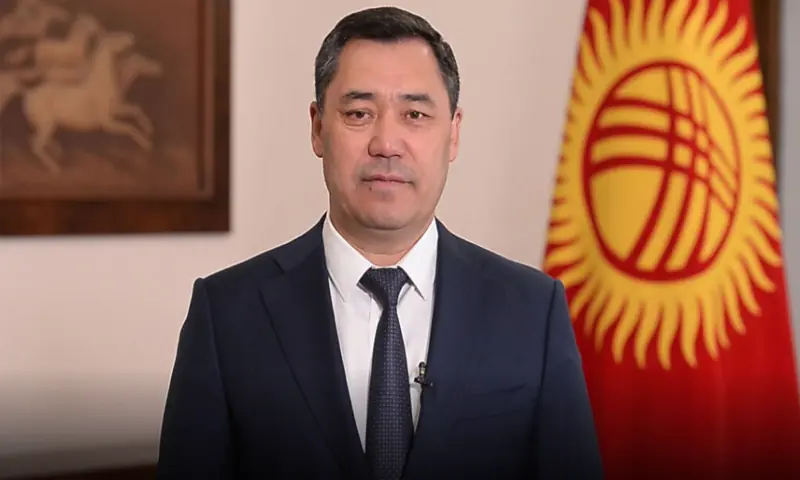- Pools confirmed for Men’s Rugby World Cup 2027 in Australia World Rugby
- Rugby World Cup draw: England, Ireland, Scotland & Wales await 2027 opponents BBC
- Australia ready to ‘Go All Out’ with blockbuster global campaign for Men’s Rugby…
Author: admin
-

Pools confirmed for Men’s Rugby World Cup 2027 in Australia – World Rugby
-

Trump’s administration halts all immigration applications from non-European countries
Trump’s administration on Tuesday, December 2, 2025 announced…
Continue Reading
-

Duffy puts New Zealand on top against West Indies
FIVE STAR: New Zealand’s Jacob Duffy celebrates the wicket of West Indies’ Jayden Seales. Photo: AFP
…Continue Reading
-
OHC & DHC Update Muara–World Jan 2026
In order to keep providing you with our global services, Maersk is Increasing the Terminal Handling Service – Origin (OHC) & Terminal Handling Service – Destination (DHC) charges for the scope of Muara, BN to/from World with effective from 01-January -2026 until further notice.
The tariff amount is detailed as follow:
* Non-SPOT booking – The above rate is retrieved based on PCD. PCD = Price Calculation Date. For non-FMC, PCD refers to the scheduled departure date of the first water leg at the time of booking confirmation for non-spot bookings. For FMC, PCD is last container gate-in date for non-spot bookings.
* SPOT booking – The above rate is retrieved based on 1st vessel ETD at booking confirmation for Spot bookings.
For your reference, we have also included the levels and rate structure for some sample corridors from Muara, BN to Rotterdam, NL valid from 01-Jan-26 until further notice. These may be subject to future Change; however, we will make sure to notify you accordingly.
Muara, BN to Rotterdam, NL
- The above rates are also subject to other applicable surcharges, including local charges and contingency charges.
- These rates are unaffected by, and do not affect, any tariff notified, published or filed in accordance with local regulatory requirements.
- For trades subject to the US Shipping Act or the China Maritime Regulations, quotations or surcharges that vary from the Maersk Line tariff shall not be binding on Maersk Line unless included in a service contract or service contract amendment that has been filed with the Federal Maritime Commission (FMC) or the Shanghai Shipping Exchange, as applicable.
If you have any questions, please feel free to reach out to our local representatives on Maersk.com
Continue Reading
-

After Baikonur accident, could Russia choose to abandon the ISS? Here’s what it said in the past
The recent blow to the only launch pad Russia uses to launch humans into space has put a question mark on its cooperation with NASA to keep the International Space Station staffed and working. On November 27, the launch pad at the Baikonur…
Continue Reading
-

Could asteroid Bennu’s mysterious ‘space gum’ reveal how life began?
Samples retrieved by NASA’s OSIRIS-REx mission from the asteroid Bennu are revealing significant information about the early history of our solar system and the origin of life’s fundamental ingredients. The OSIRIS-REx (Origins, Spectral…
Continue Reading
-

AI model popEVE: Prioritizing genetic variants effectively
By combining deep evolutionary signals with human population data, the popEVE model provides a novel approach to identifying the most damaging genetic mutations. This highlights previously hidden disease genes and provides…
Continue Reading
-

Additional tickets available for the men’s Olympic ice hockey final and the Olympic Opening Ceremony
Starting Wednesday 3 December from 4 p.m., fans and enthusiasts will once again have the chance to secure seats for one of the most anticipated events of the Milano Cortina 2026 Olympic Games: the men’s ice hockey final.
The tickets
The…
Continue Reading
-

Serena Williams on rumours of tennis return: “This wildfire is crazy”
The capital letters said it all in Serena Williams‘ post on social media platform X to the sporting world on Tuesday (2 December).
“Omg yall I’m NOT coming back. This wildfire is crazy.”
The reason for the confusion?
The tennis great had…
Continue Reading
-

Kyrgyz President arrives in Islamabad on two-day official visit – Pakistan
The President of Kyrgyzstan, Sadyr Nurgozhoevich Zhaparov, arrived in Islamabad on Wednesday on a two-day official visit.
President Asif Ali Zardari and Prime Minister Shehbaz Sharif received the Kyrgyz president at the airport.
Children holding…
Continue Reading